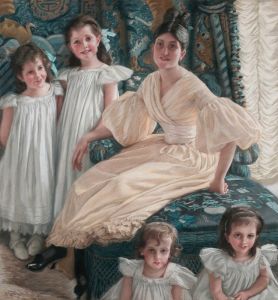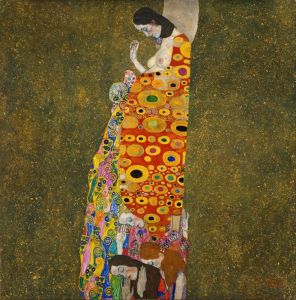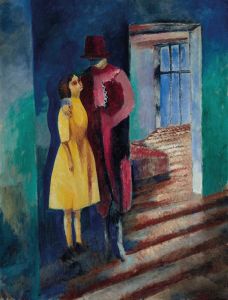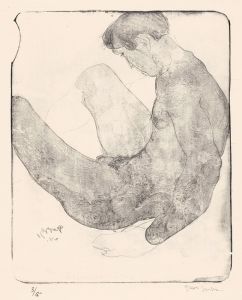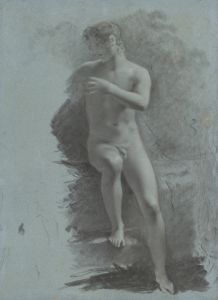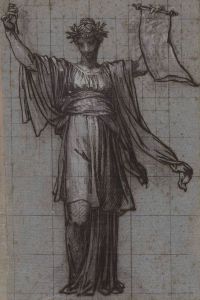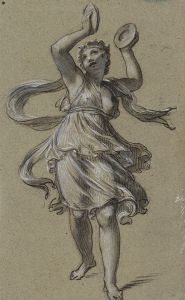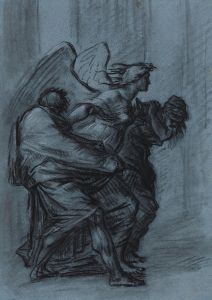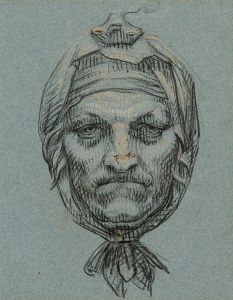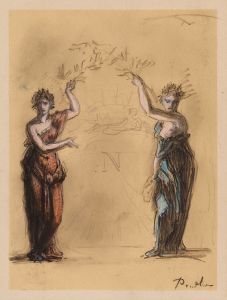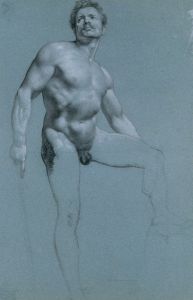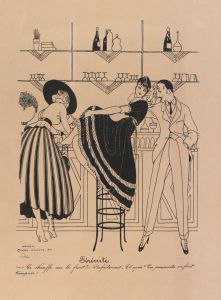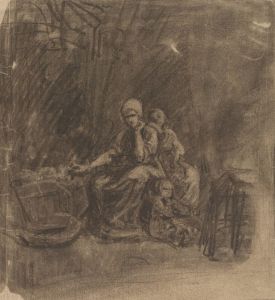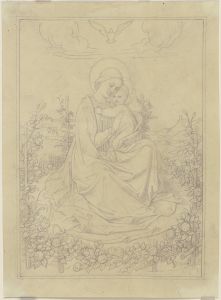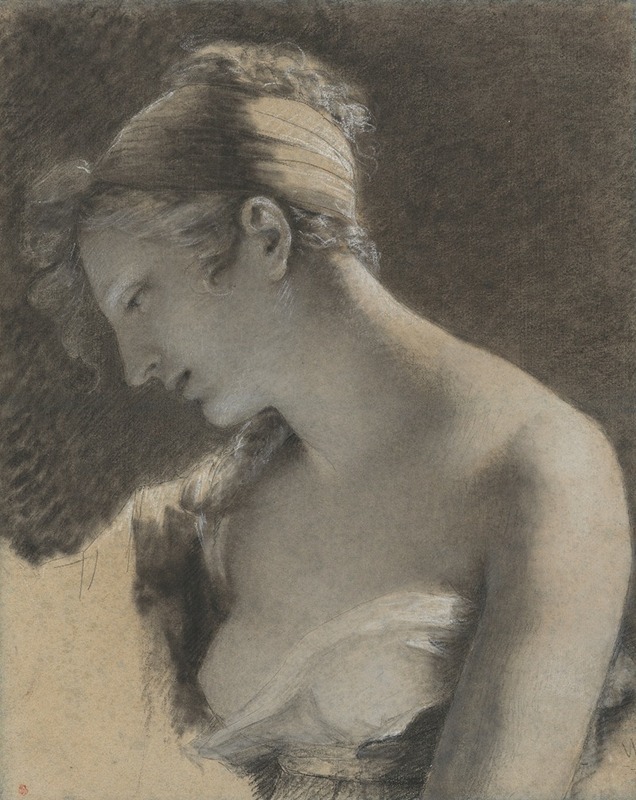
Head of a Woman; Study for ‘The Happy Mother’
A hand-painted replica of Pierre-Paul Prud'hon’s masterpiece Head of a Woman; Study for ‘The Happy Mother’, meticulously crafted by professional artists to capture the true essence of the original. Each piece is created with museum-quality canvas and rare mineral pigments, carefully painted by experienced artists with delicate brushstrokes and rich, layered colors to perfectly recreate the texture of the original artwork. Unlike machine-printed reproductions, this hand-painted version brings the painting to life, infused with the artist’s emotions and skill in every stroke. Whether for personal collection or home decoration, it instantly elevates the artistic atmosphere of any space.
Pierre-Paul Prud'hon (1758–1823) was a French Romantic painter and draughtsman known for his delicate and emotionally evocative works. Among his notable creations is the drawing titled Head of a Woman; Study for ‘The Happy Mother’. This artwork is a preparatory study for Prud'hon's larger composition The Happy Mother (La Mère Heureuse), which reflects his interest in themes of maternal tenderness and familial harmony.
The drawing, executed in black and white chalk on blue paper, exemplifies Prud'hon's mastery of the medium. It showcases his ability to render soft, luminous effects and subtle gradations of tone, which were hallmarks of his style. The subject of the study is a woman’s head, depicted in a serene and contemplative pose. The delicate modeling of her features and the gentle expression on her face convey a sense of calm and introspection. The use of blue paper enhances the ethereal quality of the work, a technique Prud'hon often employed to create a sense of depth and atmosphere.
This study was likely created as part of Prud'hon's preparatory process for The Happy Mother, a painting that celebrates the ideals of motherhood and domestic bliss. Prud'hon frequently used such studies to refine his compositions and perfect the emotional resonance of his figures. His approach was influenced by both the Neoclassical tradition and the emerging Romantic sensibility, blending idealized forms with a focus on individual emotion.
Prud'hon's works were highly regarded during his lifetime, and he received commissions from prominent patrons, including Napoleon Bonaparte and Empress Joséphine. However, his personal life was marked by tragedy, and his art often reflects a poignant sensitivity that resonates with viewers.
The exact date of creation for Head of a Woman; Study for ‘The Happy Mother’ is not definitively documented, but it is believed to have been produced during the early 19th century, in the period when Prud'hon was actively working on The Happy Mother. The drawing is now housed in the collection of the Metropolitan Museum of Art in New York, where it continues to be appreciated for its technical finesse and emotional depth.
This study is a testament to Prud'hon's skill as a draughtsman and his ability to convey profound human emotions through his art. It remains an important example of his contribution to the Romantic movement and his enduring legacy in the history of European art.





